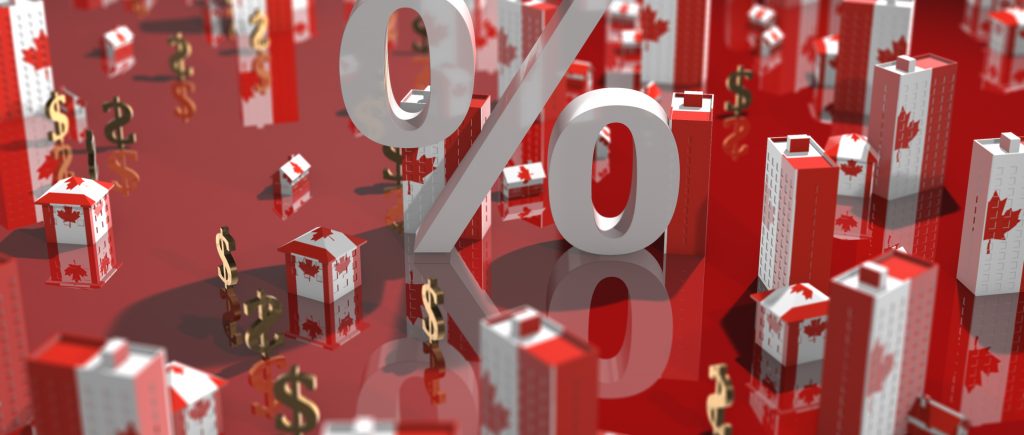The USD/CAD exchange rate stands at 1.36897, up 0.25%, reflecting a weakening Canadian dollar (CAD) amid escalating U.S. tariffs announced by President Donald Trump. Effective August 1, 2025, a 35% tariff on Canadian imports will complement existing 25% tariffs on autos, 50% on steel and aluminum, and 10% on energy exports, with exemptions for USMCA-compliant products and auto imports extended indefinitely. These measures target Canada’s export-driven economy, which relies on the U.S. for over 70% of its exports, significantly impacting growth, inflation, employment, and the CAD’s value.
U.S. Tariff Implementation and Economic Fallout: Tariff Structure and Scope
The U.S. has intensified trade restrictions with a 35% tariff on Canadian imports starting August 1, 2025, following earlier tariffs of 25% on most goods, 50% on steel and aluminum, and 10% on energy exports. These measures disrupt key sectors—energy, automotive, and manufacturing—central to Canada’s economy, threatening trade flows and economic stability.
GDP and Economic Growth
The Canadian Chamber of Commerce projects a 2.6% GDP reduction (CAD $78 billion), costing Canadians approximately $1,900 per person annually. Prolonged 35% tariffs, combined with Canada’s retaliatory measures, could trigger a recession by mid-2025, with GDP potentially declining by 5.6% by Q1 2027. The Bank of Canada estimates a 2.5% GDP growth reduction in 2025 due to weakened export demand and supply chain disruptions.
Inflationary Pressures
Canada’s retaliatory tariffs and a depreciating CAD are fueling inflation. In Ontario, the Consumer Price Index (CPI) is forecasted to increase by 0.2–0.3 percentage points in 2025–2026, while national CPI could rise by 0.8% if Canada fully retaliates, placing significant pressure on household budgets. Higher import costs, particularly for U.S.-sourced machinery and equipment (50% of Canada’s imports in these categories), further exacerbate price pressures.
Recent Employment Trends
Despite tariff-related pressures, Canada recorded unexpected job gains in June 2025, adding 83,100 jobs, primarily in part-time work, reducing the unemployment rate to 6.9% from 7.0%. Wholesale and retail trade led with 33,600 new jobs, followed by manufacturing (10,500) and healthcare and social assistance (16,700). However, the unemployment rate remains 9% higher year-over-year, with 128,000 more unemployed Canadians, and over 20% of them searching for work for 27 weeks or more. Tariff-exposed sectors like manufacturing show resilience, but transportation lost 3,400 jobs, and agriculture shed 6,000. The average hourly wage for permanent employees grew by 3.2% to CAD $37.22, signaling persistent inflationary pressures. These mixed labor market signals reduce the likelihood of a Bank of Canada rate cut on July 30, with money market bets for a cut dropping to below 20%.
Tariff-Driven Employment Risks
Projections indicate that U.S. tariffs could lead to substantial job losses, with estimates ranging from 278,000 to 510,000 jobs if Canada imposes full retaliatory tariffs. Export-dependent industries, such as automotive and energy, face the greatest risk, as reduced U.S. demand and higher production costs could force layoffs and reduced investment, compounding economic challenges.
Sector-Specific Impacts
Automotive Industry
The integrated U.S.-Canada automotive supply chain faces disruptions from 25% tariffs on auto parts, increasing production costs as components cross the border multiple times. This squeezes margins for companies like Ford and General Motors and raises consumer prices.
Energy Sector
A 10% tariff on energy exports, including oil (60% of U.S. oil imports from Canada), threatens Alberta’s oil and gas industry, reducing export revenues and weakening Canada’s trade balance.
Manufacturing and Steel/Aluminum
The 50% tariff on steel and aluminum raises costs for Canadian producers, undermining competitiveness. U.S. consumers face higher prices, impacting industries reliant on these materials and contributing to inflation.
Canadian Countermeasures
Canada has imposed 25% tariffs on $30 billion of U.S. goods, effective March 4, 2025, with plans to expand to $155 billion if U.S. tariffs persist. Additional measures include waiving Employment Insurance waiting periods, deferring tax payments until June 30, 2025, and providing business financing. These steps aim to cushion economic disruptions but may not fully offset reduced exports and rising import costs.
Impact on the Canadian Dollar (CAD): Depreciation Trends
The CAD weakened by 0.14% to 1.36897 USD/CAD on July 11, 2025, with projections suggesting a potential decline to 1.45–1.50 if tariffs persist. Since October 2024, the CAD has depreciated nearly 6% due to trade uncertainty and a widening interest rate differential (U.S. at 4.5% vs. Canada at 3.0%). A weaker CAD makes exports more competitive but increases import costs, fueling inflation.
Trade and Investment Dynamics
Canada’s reliance on U.S. exports (75% of total exports) and low investor confidence amid trade tensions depress the CAD. The U.S. dollar’s strength, with its trade-weighted index at a 20-year high, exacerbates CAD weakness. A depreciating CAD partially offsets tariff costs for U.S. importers but raises costs for Canadian consumers and businesses.
Bank of Canada Policy Response
The Bank of Canada is expected to cut interest rates to 2% by year-end 2025, potentially through three additional cuts, to counter recessionary pressures. While this may stimulate growth, it risks further CAD depreciation, increasing import-driven inflation. The Bank views tariff-induced inflation as transitory, prioritizing economic support.
Stock Market Reaction
Major stock indexes, including the S&P 500 (-0.24%) and Dow Jones Industrial Average (-0.63%), saw modest declines on July 11, 2025, reflecting trade tension concerns. Canada’s TSX index faced similar pressures, though reactions were milder than April’s sell-off. Market resilience stems from expectations of U.S.-Canada trade negotiations and strong corporate earnings, but prolonged tariffs could trigger a correction. Investors are advised to reduce exposure to tariff-impacted sectors like automotive and manufacturing and consider safe-haven assets like gold, which rose 1% to $3,355.89 per ounce.
Broader Implications and Outlook
The U.S.-Canada trade conflict, intensified by the 35% tariff announcement, represents a significant economic shock, potentially the largest since the 1930s. Despite recent job gains, the risk of substantial job losses, persistent inflation, and recession remains high. The USD/CAD exchange rate’s volatility, with a recent peak near 1.37314, underscores ongoing uncertainty. Policymakers must prioritize strategic trade negotiations and targeted fiscal measures to stabilize the economy, while investors should monitor tariff developments and consider hedging strategies to navigate currency and market volatility.

 Noor Trends News, Technical Analysis, Educational Tools and Recommendations
Noor Trends News, Technical Analysis, Educational Tools and Recommendations




